Welcome to the February 2022 edition of the Curious Tea subscription! This month, we have a purple tea special! If you would like to read an overview of different purple teas out there, head over to our What is Purple Tea article. Here’s a closer look at the four exciting new teas that we are sharing with our subscribers this month.
The first light tea this month is an exciting colour-changing Japanese green tea, made from Sun Rouge cultivar plants grown on Tokunoshima Island.
The second light tea is a vegetal and fruity green tea from Kenya, crafted from a specially developed local purple leaf cultivar.
For the dark side of the selection we have a Ye Sheng wild tea from Yunnan Province of China that is made from a unique local purple leaf tea plant.
Finally, the last tea we are featuring this month is a sheng pu-erh made from naturally occurring purple leaf assamica plants that are grown semi-wild in Yunnan Province of China.
Our Discovery subscription boxes contain 10g taster pouches of all of the above mentioned teas. If you are a subscriber you will benefit from a 10% discount on all teas from our tea shop!
Let’s get into further detail on these teas featured in our February tea subscription boxes.
Tokunoshima Sun Rouge
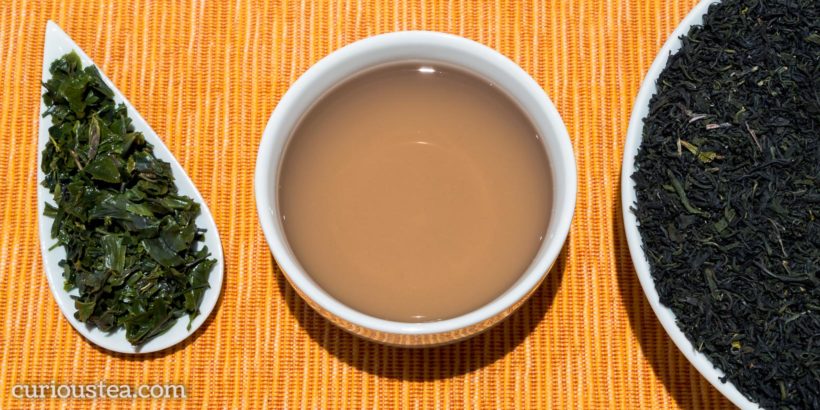
Tokunoshima Sun Rouge is an unusual new type of green tea from Japan. Created from a new ‘Sun Rouge’ purple leaf cultivar, this tea is known for high anthocyanin content and a unique colour-changing liquor! This Sun Rouge tea comes from a plantation on Tokunishima Island (Kagoshima Prefecture) that does not utilise any pesticides. This is the May 2021 (Second Flush) harvest.
Tokunoshima Sun Rouge gets its name from the Island of Tokunishima where this tea is grown. The island is located about 100km north of Okinawa and as such enjoys a much warmer climate than the major tea growing regions of the main Japanese islands. The sub-tropical climate combined with the volcanic soil of the island make it an ideal location for this cultivar. The Sun Rouge cultivar itself was only registered in Japan in 2009. It is the result of a 9 year development project to produce a green tea that is high in anthocyanin content. This particular tea was developed by crossing Camellia sinensis var. sinensis with Camellia sinensis var. taliensis from Yunnan Province of China. Taliensis is widely used for making different types of tea from Yunnan, such as our Da Li Cha black tea. Here the crossing of the two tea plant species resulted in a tea with particularly beneficial properties.
Much like the Kenyan Tumoi Nandi Hills Purple green tea, the leaves of these tea plants are tinted reddish-purple. This is the result of the tea plants having higher amounts of anthocyanins in their leaves. This is a natural pigment that also occurs in grapes, blueberries and cranberries and also acts as protection from UV rays. These types of tea can be grown at higher altitude and closer to the equator. Purple tea can also be found naturally occurring in Yunnan Province in China where they are subject to strong sunlight and harsh growing conditions.
This Tokunoshima Sun Rouge is processed slightly differently to traditional Japanese green teas: it is pan-fried rather than steamed. This results in a dry leaf appearance that is more similar to a pan-fried Chinese green tea. However the dry leaf does have a much darker green appearance than is typical of many other pan-fried green tea types. The colour of the liquor changes depending on the water you use and comes out in a range of colours between: bright pink – colourless – purple-grey. The colour in your cup will largely depend on the pH level of the water that you use! When using water with a high pH (less acidic), the colour will be duller and darker. Now for the fun science part of this tea! In most cases your water will have a medium to high pH level, so your tea will be either dull green or dark purple-grey. When you lower the pH level of the water used, the colour will come out lighter and more bright red or pink. Hence this tea is also often known as ‘Pink Tea’. You can do this easily by adding a few drops of lemon juice to the brewed cup. You will notice the colour change from dark purple-grey to a bright pink! This is the direct interaction between very high anthocyanin content and acidity of the water. You do not get the same interaction with other teas as they typically will have much lower anthocyanin content.
Flavour-wise, this Tokunoshima Sun Rouge is also not typical of other Japanese green teas. The pan-roasting and high anthocyanin content produces a brewed cup that is most unusual. When brewed normally, the taste is verdant, peppery and grassy with pronounced savoury and umami notes and a fresh, herbaceous profile. There are further marine notes of kombu seaweed and a light astringency on the mineral aftertaste.
Tokunoshima Sun Rouge is best brewed at 80°C for 2-3 minutes, with multiple infusions. Depending on brewing parameters and personal preferences the very high anthocyanin content may cause the flavour of this tea to be too astringent for some drinkers to fully enjoy this tea. In such case we recommend either enjoying it with added fruits and honey or cold-brewing this tea. The best cold-brew parameters are 10g of tea to 1l of water left in a fridge for around 8 hours, or overnight.
You can also buy Tokunoshima Sun Rouge green tea in our online shop.
Tumoi Nandi Hills Purple
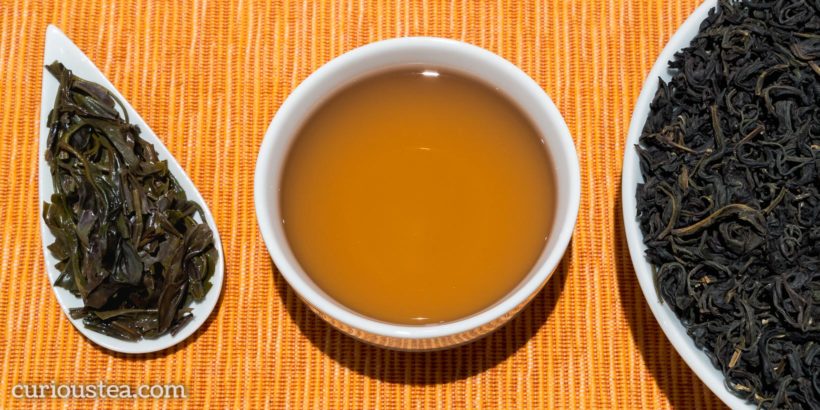
Tumoi Nandi Hills Purple is an unusual green tea grown around Nandi Hills at an altitude of over 2,000 metres by the Tumoi Teas Cooperative. This tea is harvested year round, is grown without the use of pesticides and this is the latest 2020 harvest.
This Kenyan purple tea cultivar (TRFK306) was developed from standard Camellia sinensis var. assamica by the Kenyan Tea Research Institute over the past 25 years by a process of extensive breeding and selection. The name comes from the fact that the leaves of these tea plants are tinted reddish-purple. This is the result of the tea plants having higher amounts of anthocyanins in their leaves. This is a natural pigment that also occurs in grapes, blueberries and cranberries and also acts as protection from UV rays. Hence this type of tea can be grown at higher altitude and closer to the equator. In fact, purple tea can also be found naturally occurring in Yunnan Province in China where they are subject to strong sunlight and harsh growing conditions.
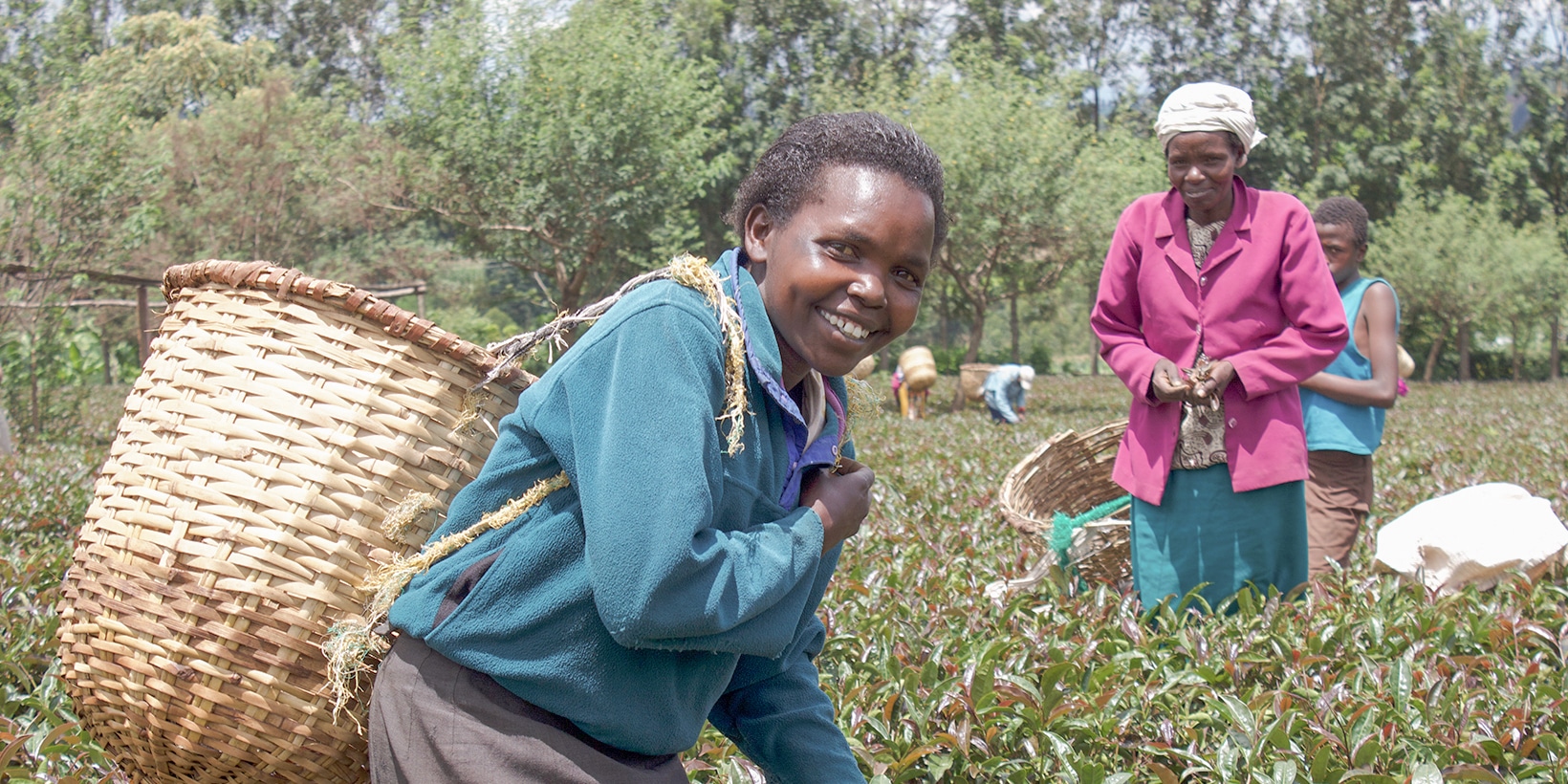
The rationale behind developing unusual and specialist teas is that the Kenyan tea industry is dominated by CTC (cut-tear-curl) teas that are destined for bags. The CTC market is very volatile with large corporations buying up the majority of CTC tea and generally trying to drive the prices down. This results in very little return for the farmers. In contrast, farmers that grow small scale but high quality teas such as this purple varietal are more in control over pricing and enjoy much fairer returns for their labour. Purple tea is also more resistant to the effects of drought, frost and pests ensuring the farmers enjoy a higher yearly yield from their tea plants. Further reasoning behind developing the purple tea variety is the high anthocyanin content. Anthocyanins act as an antioxidant and this very high antioxidant content is further driving the popularity of purple tea. As it is a green tea, the processing preserves most of the antioxidant properties of the leaves.
Similar to other purple green teas, Tumoi Nandi Hills Purple is a colour changing tea! When you brew this tea, the colour can range from pale green to a more reddish-purple. This is the result of anthocyanins reacting to the pH levels of the water. As explained in this research paper, liquids with anthocyanins have a ‘red-pink’ colour at lower pH levels, ‘reddish-purple’ at neutral pH 7 and ‘green’ at higher pH levels. So for this particular purple tea, it is hard for us to describe the colour of the liquor as it will vary depending on the pH levels of the water that you use. You can also change the colour of this tea from green to the more vivid purple and pink colour by adding a few drops of lemon juice.
Tumoi Nandi Hills Purple is a lovely grassy green tea that is similar to a Japanese style of green tea. Twisted dark green leaves have a sweet floral aroma. The liquor has a lightly creamy colour with a purple tint when brewed at neutral pH levels. This tea has a thick coating character with a profile most similar to fresh spring greens. There is a nice level of sweetness in this tea reminiscent of candied tart fruits and notes of sweet plums and sultanas on the aftertaste. There is a degree of astringency present, which can be easily mitigated by lower brewing temperature and shorter steeping time.
It is best brewed at 70°C for 2-3 minutes and should be brewed multiple times.
You can also buy Tumoi Nandi Hills Purple green tea in our online shop.
Dian Hong De Hong Ye Sheng
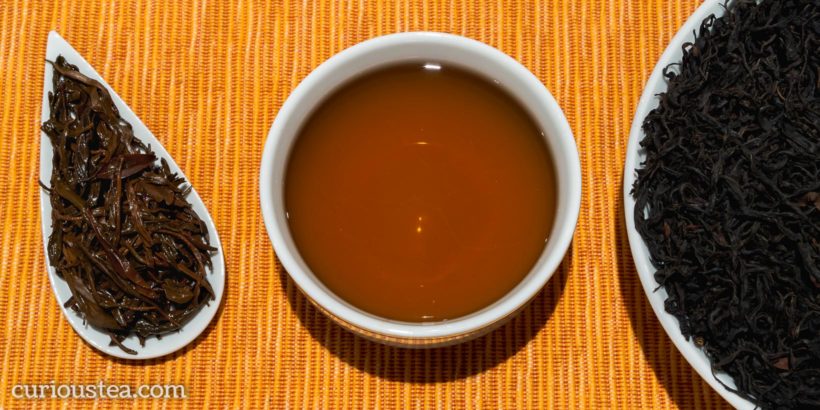
Dian Hong De Hong Ye Sheng (滇紅德宏野生) is a complex and rare black tea that grows wild in the mountainous forests of Yunnan near the border with Burma. It is made from a wild purple leaf varietal that is locally known as ‘Ye Sheng’ (野生) that grows at an altitude of 1,600-2,200 metres. This wild purple leaf varietal is normally recognised as Camellia sinensis var. dehungensis and is considered to be the ‘original’ purple tea. It is thought that this plant predates other modern cultivars of tea, including Camellia sinensis var. assamica that is a common varietal throughout Yunnan and bordering regions. Spring 2021 harvest.
Normally this tea cultivar is used for making a type of raw pu-erh, however the nature of the varietal means that the resulting tea is very bitter and unappealing when young. However this type of ‘Ye Sheng’ pu-erh does age very well, developing complexity and becoming less bitter with time. Recently this cultivar has also been used to make some black teas, of which this one is a fantastic example.
‘Ye Sheng’ purple leaf cultivar should be distinguished from the two other purple leaf cultivars that exist throughout Yunnan Province. ‘Zi Ya’ (紫芽) is a naturally occurring mutated purple leaf version of Camellia sinensis var. assamica and accounts for only about 1-2% of cultivated assamica tea plants in the region. ‘Zi Juan’ (紫娟) is an even more uncommon cultivar that was developed in Yunnan in the late 1990’s.
This Dian Hong De Hong Ye Sheng black tea has medium to large twisted and wiry dark leaves with a lovely aroma of sugared plums. When brewed this tea produces an amber liquor with a faint sweet and fruity aroma. The taste is smooth, light yet complex. The flavour is a little malty, but mostly fruity with dark red fruits, plums and prunes being the dominant flavours. There are cereal undertones of wheat and a tangy, a little spicy, yet sweet finish. Overall a rather light tasting tea that still has easily appreciable complex flavours.
We suggest brewing at 90°C for 3-4 minutes according to your taste. It can be brewed around 3 times depending on your taste preferences.
You can also buy Dian Hong De Hong Ye Sheng black tea in our online shop.
Zi Ya Purple Bud Pu-erh
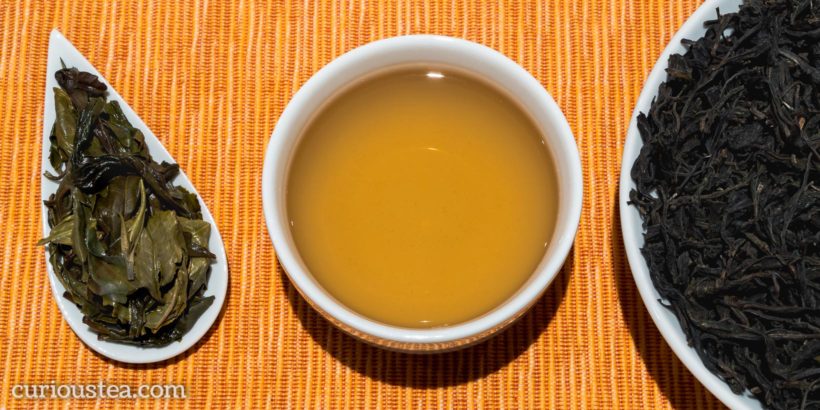
Zi Ya Purple Bud Wild Sheng Pu-erh (紫芽普洱生茶) is a sheng (raw) pu-erh from the Jingmai mountain area located in Lancang Lahu Autonomous County of Yunnan Province. Grown at high altitude, this tea has a lovely complex profile with almost no astringency. This tea was picked in late March to early April 2016 from young tender leaves. While this pu-erh has not really been aged for that long, it already possesses a good flavour that will only improve with further ageing.
Pu-erh tea undergoes a unique production process, during which the tea leaves are dried and rolled after which they undergo secondary microbial fermentation and oxidation. This unique processing sets it apart from black tea and means that pu-erh fits within the separate dark teas category. The tea is most commonly pressed into various shapes (domes, disks, bricks, etc) or, just like this tea, it can be left loose and the gradual fermentation and maturation process continues further, during storage. As this is a sheng pu-erh, the ageing process has been happening slowly and naturally since spring 2016. This type of tea improves with age if they are stored properly.
This type of purple tea is made from a ‘Zi Ya’ Purple Bud (紫芽), also known as ‘Zi Cha’ Purple Tea (紫茶) varietal. It is a naturally occurring mutated purple leaf version of Camellia sinensis var. assamica and accounts for only about 1-2% of cultivated assamica tea plants in Yunnan Province. These tea plants have purple coloured tea buds and young tea leaves, which are the result of unfavourable growing conditions and act as a natural way of protecting the tender leaves from harsh ultraviolet rays. This purple leaf varietal is highly prized in Yunnan and is used mostly for pu-erh production with some very limited black tea (like our Dian Hong Jing Mai Purple Needle) production as well.
The trees that this tea comes from are wild arbor trees, which means that they are older trees that largely grow on their own. Unlike plantation bushes, which are trimmed back, these trees are allowed to grow to full height of up to five meters or more. Plucking these trees is more laborious and can only be done by hand. But this traditional way of growing the trees results in much finer flavours.
Even though this Zi Ya Purple Bud Wild Sheng Pu-erh has not been aged for that long, it already exhibits some of the finer qualities found in teas made from a Zi Ya varietal, especially the greatly reduced bitterness that you may find in other Purple Leaf (Ye Sheng) pu-erh. The large twisted dark green leaves have a slightly fruity and woody aroma. The liquor produced has a light golden colour and a brisk and smooth character. The complex profile has a fruity, woody and slightly smoky flavour. The aftertaste is a little tart with a pleasantly sweet finish and minimal astringency.
We suggest brewing at 90°C for 3-4 minutes according to your taste. It should be brewed around 3+ times depending on your taste preferences.
You can also buy Zi Ya Purple Bud Pu-erh tea in our online shop.
We really do hope that you enjoy this purple tea selection for February and are looking forward to the selection in our next box. Our March box will feature a Daejak green tea from Boseong in South Korea and a lightly oxidised Dan Cong Chou Shi Oolong from Guangdong Province of China. And for the dark side of the selection we have selected a fascinating ‘Honey’ Ruby Oolong Darjeeling from Rohini Tea Estate and a Wakocha from Mr Kajihara’s tea garden in Ashikita, Japan crafted from an Okuyutaka cultivar.
If reading this has made you curious about our teas, but you don’t yet subscribe to a monthly tea selection, you can sign up for our tea boxes in just a few clicks. We ship worldwide from London, UK.
We always love to hear from you, so if you have any questions, suggestions or just want to chat about tea, email us at contact@curioustea.com, via our Facebook page or via Twitter.
You can also follow us on Instagram for pretty tea photos.
Happy tea discoveries!

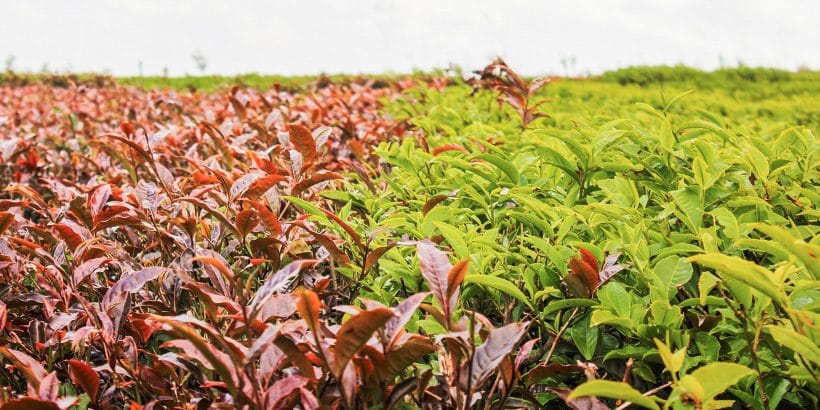
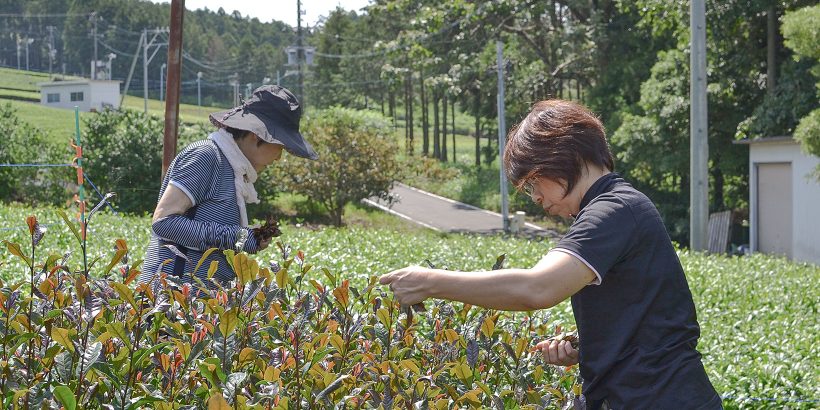
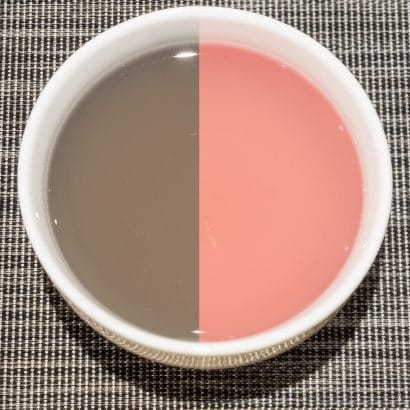
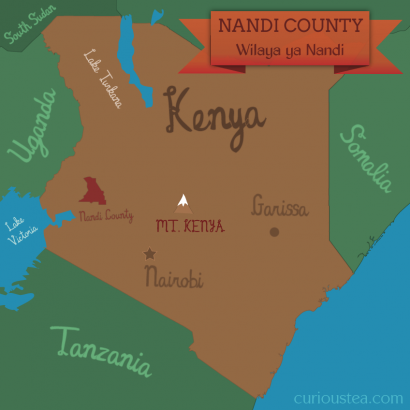
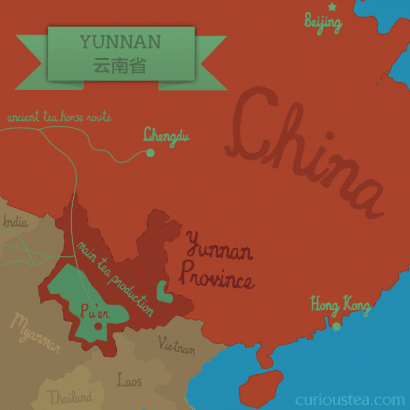
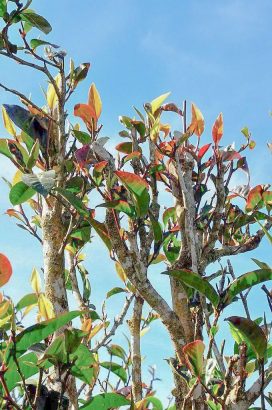

I think that Is a word mistake on the end of Zi Ya comment… Where it says Purple Leaf (Ye Sheng) should say: Green Leaf… Doesn’t it?